Otl Aicher. Communications designer & philosopher
Rotis: A place in the Allgäu region, not far from Leutkirch-with forest, meadows and small rivers. Behind a converted corn and sawmill built in 1414, studio houses stand on wooden piles. Sun light streams through these light and airy buildings and out onto meadows. Author Ilse Aichinger once wrote about Rotis, saying that nobody could ever fully understand this place, the place is “as reserved as it is open”. In early 1970s, Otl Aicher chose Rotis as his place to live and work, thereby converting it, as he put it, into an “autonomous republic”. This internationally renowned man exuded true individualism. Aicher was the man commissioned with designing the Summer Olimpic Games in Munich. With his visual concept for the Summer Games, he delivered a true masterpiece. It was a self-contained communication design, comprising complementary shapes and colours, a language that everyone understood. The internet was far away and compared to today, information technology was still very much in its infancy. And yet, even back in 1972, Otl Aicher was practicing what, thirty years later, was to become known as “integrated communication”, a keyword for global marketing. In other words, the combination of all forms of communication to create a uniform and concordant effect. Otl Aicher’s designs for the visual self-representation of companies and institutions gave rise to the formulation of a “corporate identity”. He created an internationally-understandable pictogram system, bases on geometric figures, and became the “father of geometric man”. Otl Aicher really caught on-at the Summer Olympic Games in Munich, his colours became the colours of the Games –sky blue, lime green, yellow and orange-. To Aicher, internationalism was something inspiring, liberating and diverting. Following his success in Munich, the organizers of Moscow Summer Games also wanted to work with Aicher. But the `plan ultimately failed, for a simple reason- Aicher would not place red, the colour ideologised by the Communists, at the forefront of his design. The man was stubborn and had his principles. And he remained true to them. His pictograms form Rotis are known all over the world. There isn’t a single airport building or railway station that his characters and pictograms do not adorn. The ZDF News clock and the font of the Heute Journal come from Rotis, a special type of font created from a humanist point of view, and is named after the place in Allgäu. For companies such as ERCO or Braun, Lufthansa or Gruner+Jahr, Aicher created a new, public appearance. And he did it for bulthaup too. The logo and font come from Otl Aicher. bulthaup has been working with the creative forge in Rotis for many years now. “When I met Otl Aicher in the late 1970s”, recalls Gerd Bulthaup today, “it was Aicher’s wish that we create an image involving eating culture”.Otl Aicher and Gerd Bulthaup went on many trips over three years, and talked about kitchen appliances and the art of cooking in Europe. The fruit on his labour was produced in 1982 – a book entitled “The Cook’s Kitchen” (“Die Küche zum Kochen”). It also paid homage to the philosopher Ludwing Wittgenstein, who once said: “Learning how things are used yields the key to all knowledge”. The carefully-researched experience of materials, ergonomics and the value of functionality all flowed into bulthaup’s product philosophy. The result was sophisticated products, created with ethically-sound materials. When it came to functionality, Aicher posed probing questions about the point and purpose, and sought answers regarding the nature of things. His realization: In everything, there is a basis structure, an ideal form. Aicher’s message was heard far and wide. His ideas and influences had numerous creative heads form the world of business, politics and culture spellbound. Architect Sir Norman Foster recalls: “It was three o’clock in the afternoon. I picked up the telephone and called Otl Aicher. Otl is often on his travels but to my amazement, I reached him in Rotis.” Aicher is said to have asked. Replied Foster: “No, in my London office, but I can meet you in Leutkirch at quarter past seven”. His private jet landed that same evening at the small airport in Leutkirch. A lot of people came and stayed in Rotis.
Aicher wasn’t just a communications designer. He was also an author and philosopher. He took the basic human right of self-determination literally. “In my own self-understanding”, wrote Aicher once, “my four-acre property is an autonomous republic, an enclave”. Autonomy born of resistance against the power of the state. Aicher relied on his own electricity generator, and his own vegetables form the garden. He wanted to live independently, free, close to the nature. He fought for the abolitions of aircraft noise and joined the political battle against militarization in the age of the Cold War. Despite the disasters, his life’s work tells of love for his fellow man. Otl Aicher, born in Ulm in 1922, died in 1991 after a tragic road accident in Rotis.

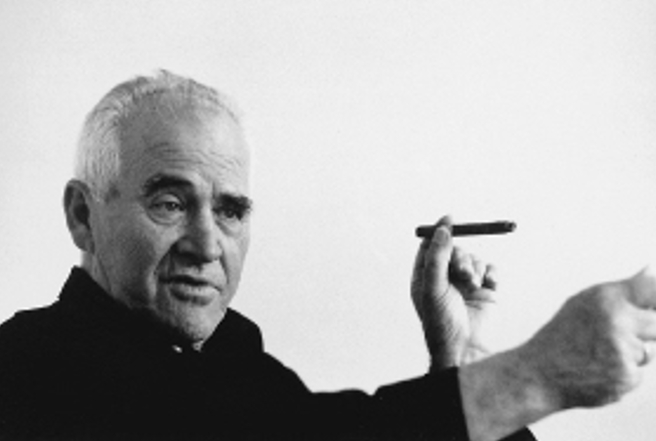
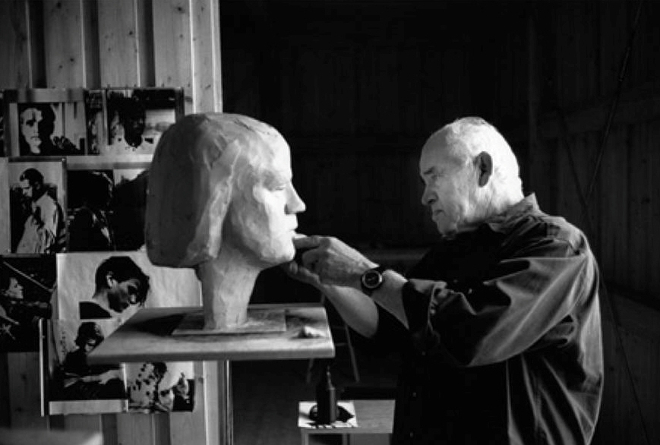
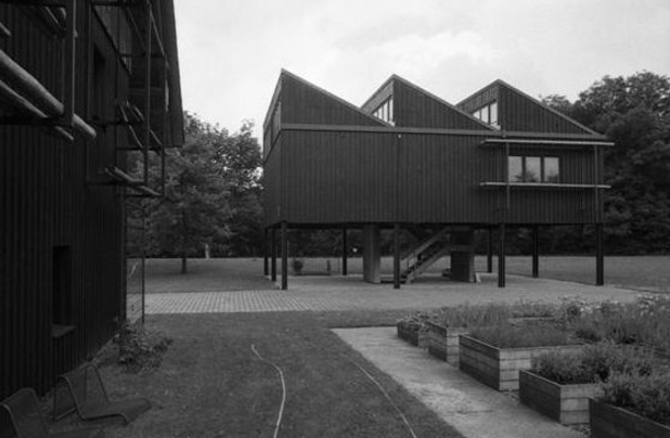
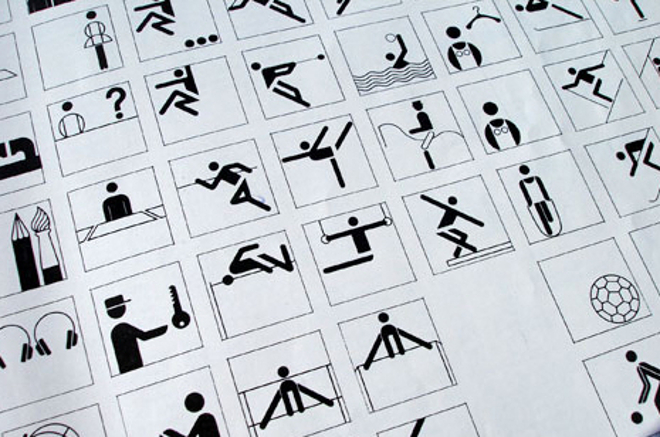

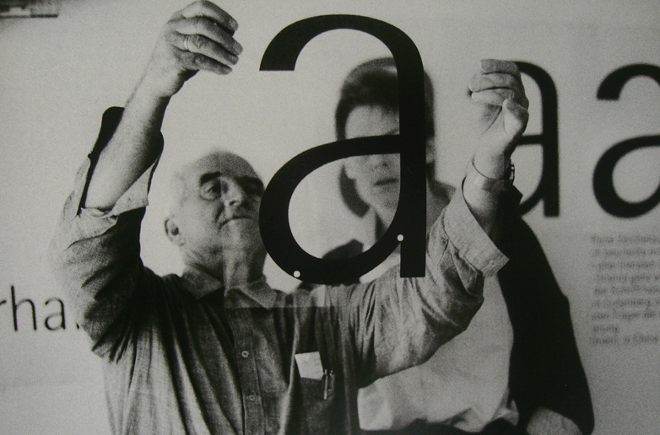
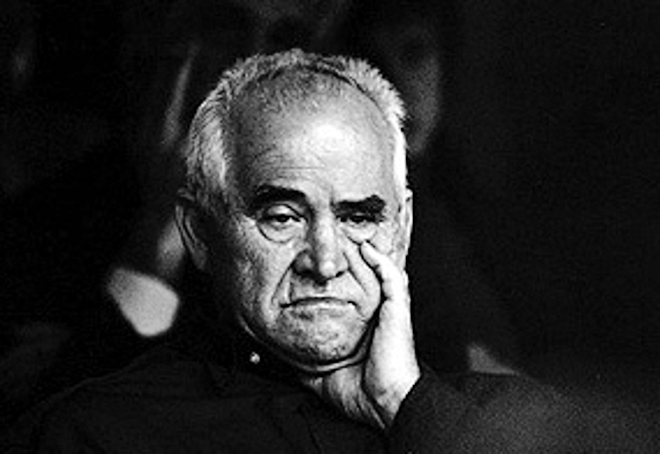
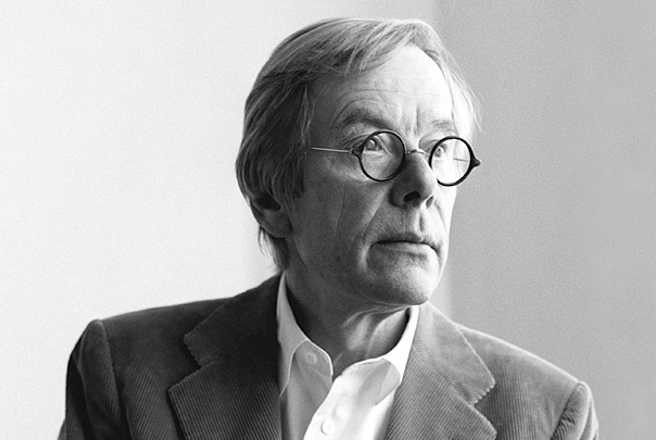
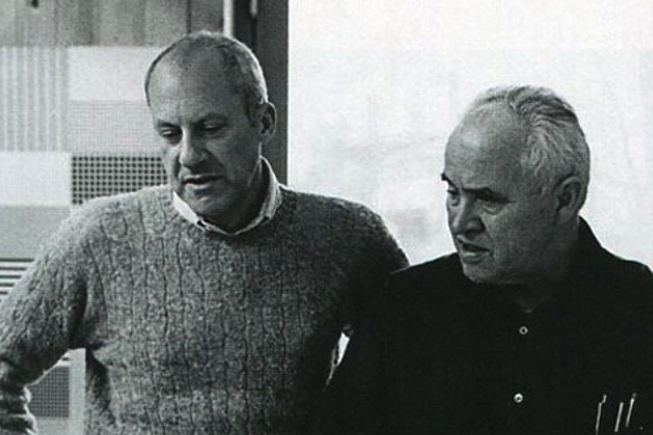
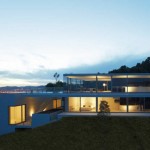
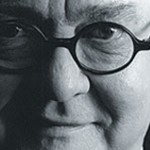
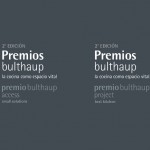
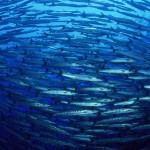

This entry has 0 Comments